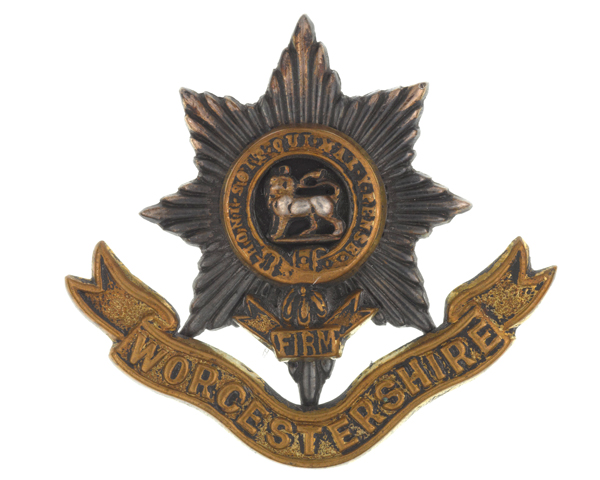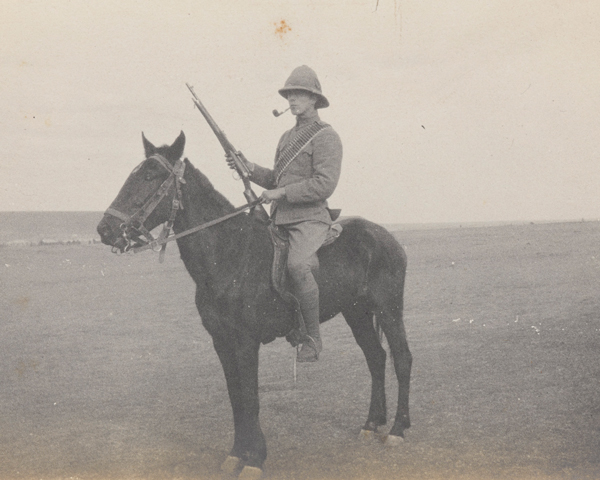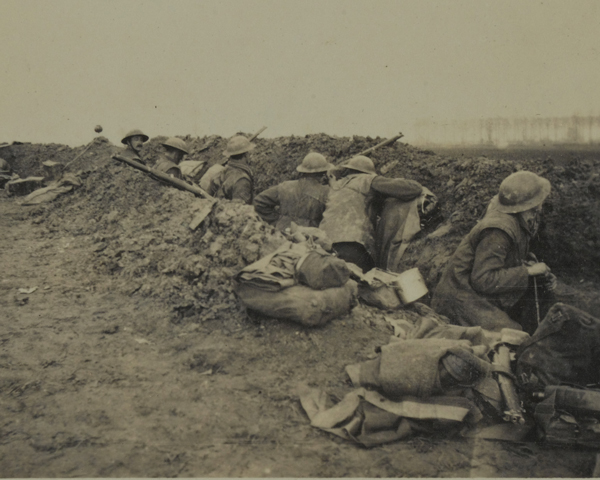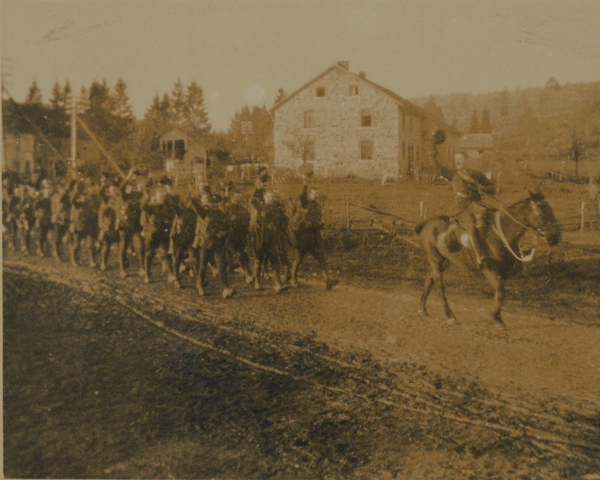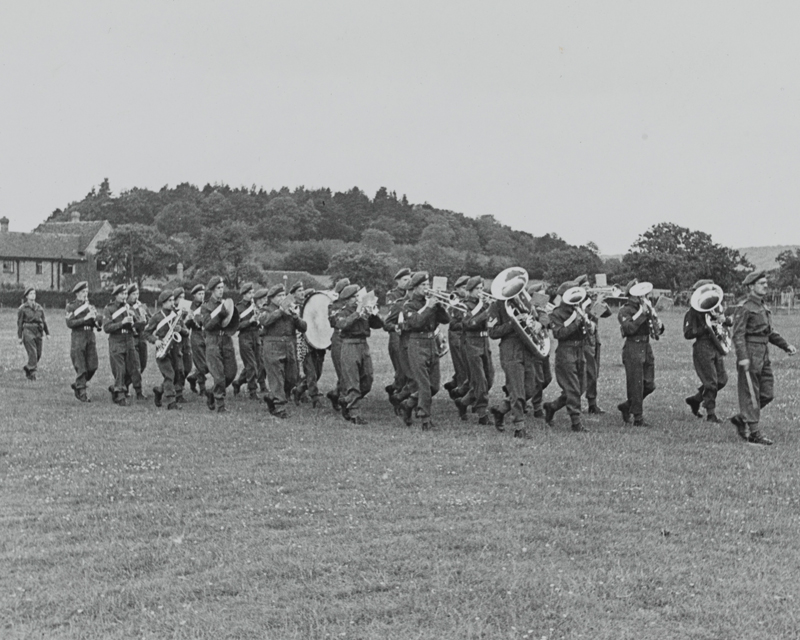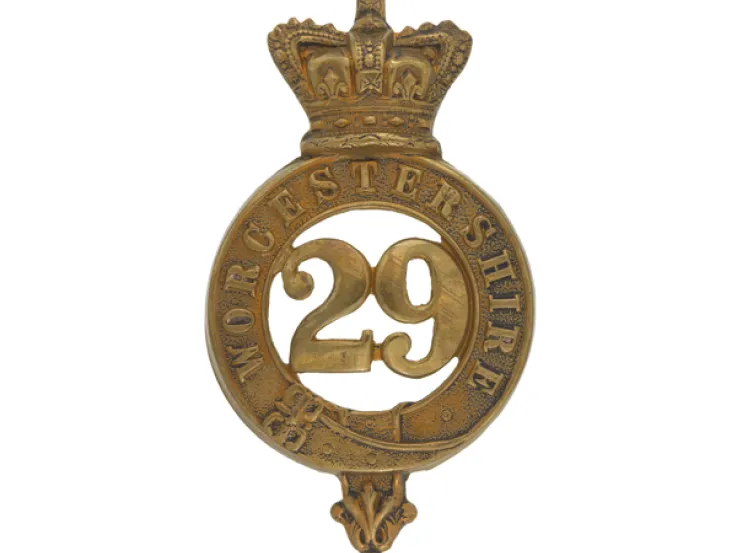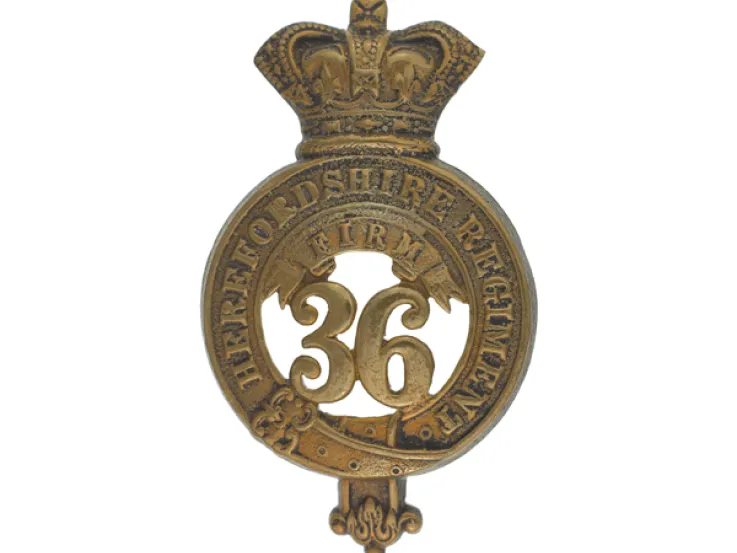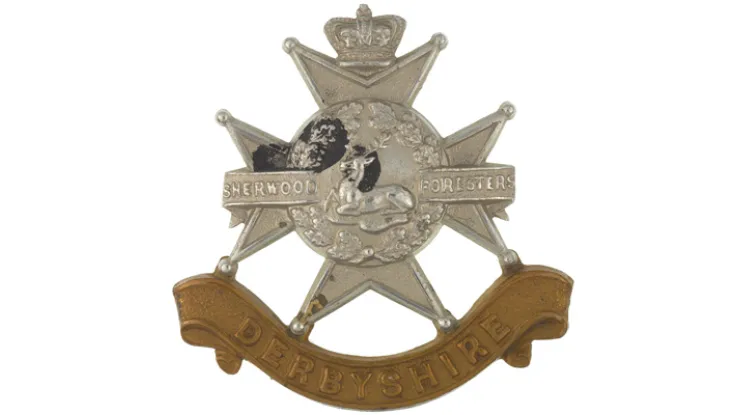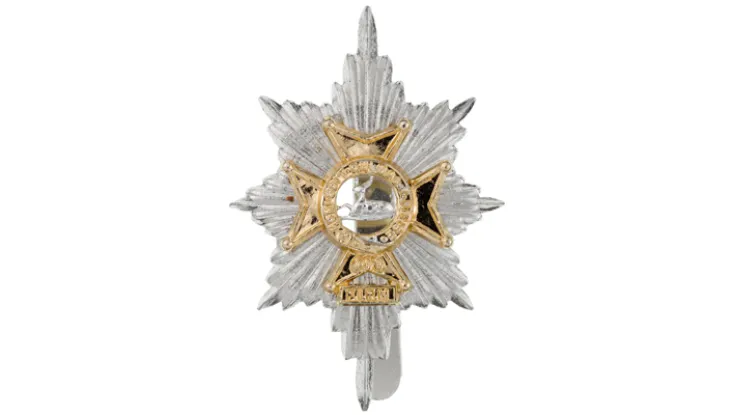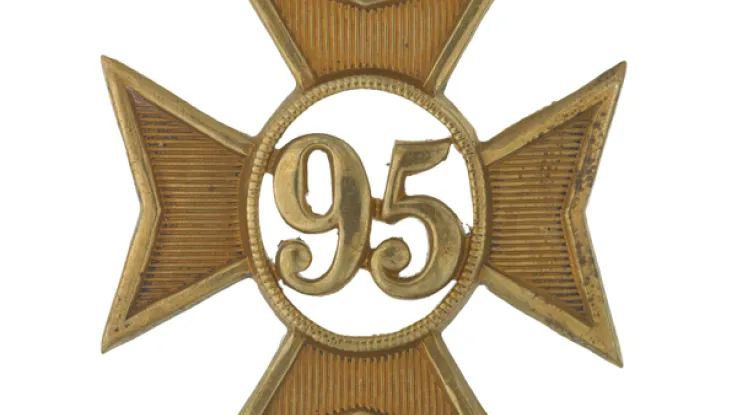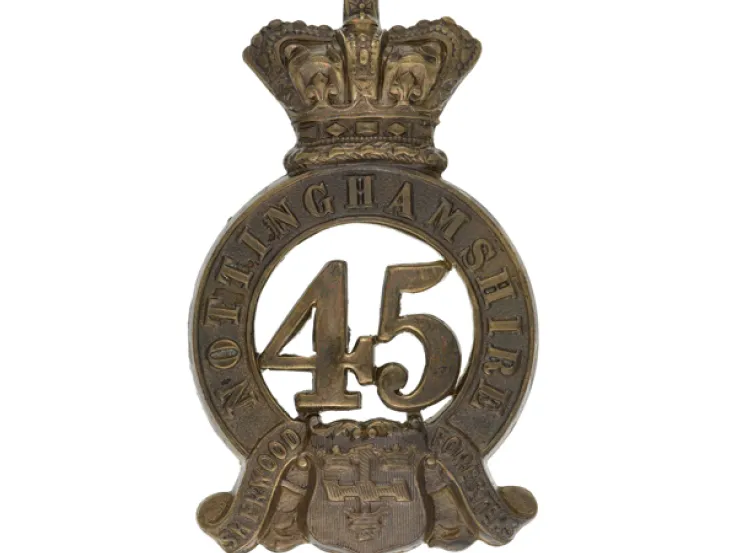Origins
This unit was formed in 1881 by amalgamating the 29th (Worcestershire) Regiment of Foot and the 36th (Herefordshire) Regiment of Foot, which had both been recruiting from a single depot at Worcester since 1873.
The 29th became the new regiment's 1st Battalion and was immediately deployed to India for 14 years. The 36th became its 2nd Battalion and spent the same period in Ireland, the Channel Islands, Malta, Bermuda and Canada.
Both battalions deployed to the Boer War (1899-1902) in 1900, with the 2nd Battalion heavily engaged at Modder River (1899). That year also saw the regiment raise two additional regular battalions. One of these, the 4th Battalion, was first posted to the West Indies to guard Boer prisoners of war. The new battalions also contributed men to several mounted infantry units during the conflict.
Troops from the 1st Battalion shot dead two men during the Llanelli railway strike in August 1911.
First World War
1st, 2nd and 3rd Battalions fought on the Western Front in the First World War (1914-18), while 4th Battalion served in India (1914), Gallipoli (1915) and France (1916-18).
The regiment contributed a further 16 reserve, territorial and service battalions, whose members won nine Victoria Crosses during the conflict and served in all the main theatres of war.
In December 1918, the regiment also helped suppress the mutiny of West Indian soldiers at Taranto in Italy.
Inter-war
1st Battalion spent the post-war years in India, China and Palestine. 2nd Battalion served during the Irish War of Independence (1919-21) and then spent the rest of the inter-war period on garrison duties in England, Germany, Malta, China, India and Palestine.
Its two other regular battalions, the 3rd and 4th, were disbanded in 1922-23.
Second World War
Two of the regiment's territorial battalions, the 7th and 8th, were part of the British Expeditionary Force rescued from Dunkirk in 1940. Its two regular battalions served in several different theatres.
1st Battalion was initially deployed to Palestine, and then Abyssinia, Egypt and Libya. After its capture at Tobruk in June 1942, it was replaced by 11th Battalion. Redesignated as 1st Battalion, this unit went on to fight in North West Europe from D-Day onwards as part of 214th Brigade, becoming some of the first British troops to fight on German soil during the war.
2nd Battalion was in Rawalpindi at the outbreak of war, before being deployed to Burma from 1942 to 1945. It was joined there in 1942 by 7th Battalion, which went on to fight at Imphal and Kohima in 1944.
Post-war
The two regular battalions merged in 1948. This came during a period of garrison duty in Germany, which lasted until 1956 and was only interrupted by three years' service during the Malayan Emergency (1948-60).
It then formed part of the United Nations force in Cyprus in 1969, before returning to England.
Legacy
In 1970, it was amalgamated with The Sherwood Foresters to form The Worcestershire and Sherwood Foresters Regiment (29th/45th Foot).
Regimental museums
The National Army Museum works with a network of Regimental and Corps Museums across the UK to help preserve and share the history and traditions of the Army and its soldiers.
Discover more about The Worcestershire Regiment by visiting Worcester City Art Gallery and Museum.


